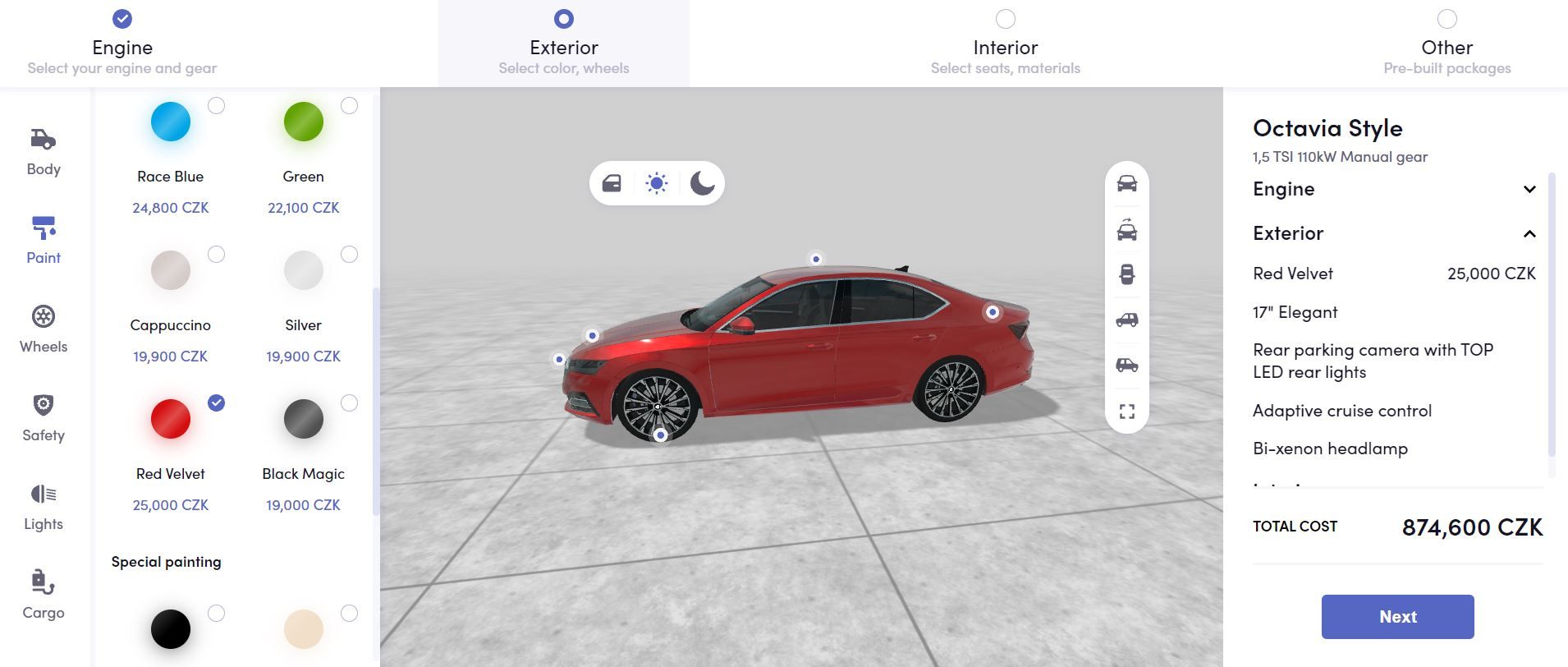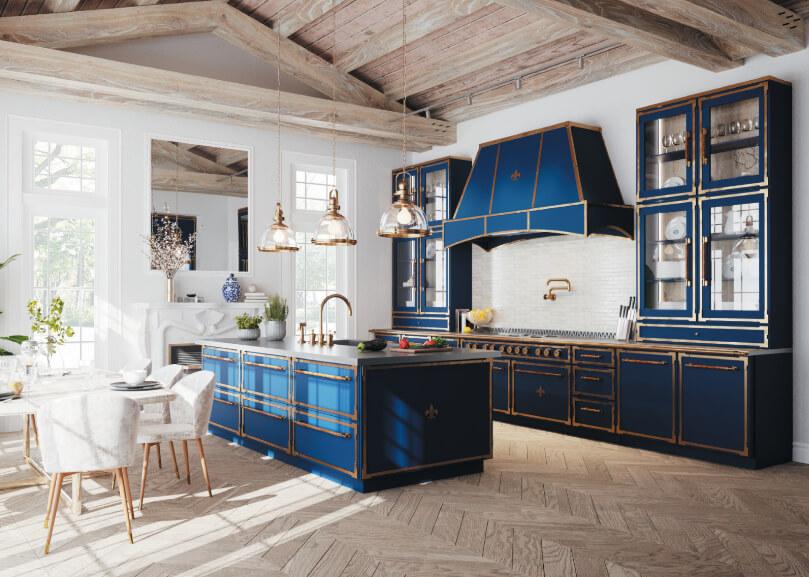
2D or Not 2D? A 3D Product Configurator Is the Answer
Retailers and manufacturers who sell online know the importance of personalizing the user experience (UX). But, when the product itself is complex and configurable, it’s vital to give customers a way to configure it themselves when buying online.
Table of Contents
Retailers and manufacturers who sell online know the importance of personalizing the user experience (UX). But, when the product itself is complex and configurable, it’s vital to give customers a way to customize it themselves when buying online.
I was under the impression that everyone was aware of the importance of 3D visualization when it came to product configurators. In reality, these products are 3D objects, so why are most configurators still static 2D? These are configurators that show a single picture of the product, without the option of viewing it from different angles or zooming into it.
When I looked closer at e-shops offering custom-made products, I found some interesting facts:

- 30.8% use static configurators; some have a wizard while others have some advanced filtering.
- 5.8% have 3D customizers, but almost half are poorly executed with confusing UX and poor-quality 3D models.
- 63.5% have no configurator whatsoever, with the majority relying on customers to submit custom inquiries. Then they will get back to them with a proposal, which drags out the process and reduces the chance of making a sale.
My hypothesis is that the investment in a high-end configurator is still underappreciated. Perhaps businesses don’t want to rock the boat, as long as their static 2D configurator still works.

2D Configurator Limitations and Benefits
Limitations: Static 2D, and often 3D image-based configurators, don't allow users to view products from various angles. This poorly conveys the reality of the product, which can lead to customer dissatisfaction, harming the product’s and/or brand's reputation in the process.
It can also cause production issues if the process is automated. When a 2D design input can't represent the reality of a 3D object and must be converted to a 3D model, it is better to have the design input already in 3D.
Benefits: Static images have smaller file sizes than 3D models, making 2D configurators less time-consuming, which renders faster product previews. Yet, the speed of internet connections and computer processing is rapidly increasing. You can see this with the advancement of mobile technology and how the latest smartphones can now display detailed 3D visuals with great performance.
To be blunt, if your target customer cannot afford a decent phone or computer, they are not going to buy a premium custom-made product.
Why Is 3D Product Visualization and Configuration Better?
High-quality 3D configurators make a huge difference in the world of online shopping. Thanks to modern manufacturing techniques (3D printing, CNC machines, etc.) and other factors, there is an increase in the proportion of products on the market that are highly customizable. The future of manufacturing is going to be custom on-demand products.
The biggest challenge for manufacturers is enabling full 3D parametric modeling. Unlike normal 3D models, their shape is not fixed, and depends on various input parameters like dimensions, sides, etc. This makes the configuration process very powerful, which gives you more freedom when designing the product in the first place.
At Salsita we excel at implementing challenging product configurators with 3D parametric models. Examples of our work in this area include KILO Designer Furniture and L’Atelier Paris Kitchen Design. We’re seeing an increasing number of projects of this type, presumably due to the rise of mass-personalization.

On the other hand, some customers may prefer brick-and-mortar stores over eCommerce, because when you can see and feel a product, you trust it more. However, if they can configure a complex product’s colors, patterns, and other factors, this lessens the need to see the physical product.
There are, of course, omnichannel strategies, which allow for a combination of both in-store and digital configuration. Plus, with a 3D product configurator, you can boost online and in-store sales as well, especially when it's supported by an AR product preview.
From the user’s perspective, 3D product visualization and configurators are better than static 2D because they make it more convenient for them to see their dream product on their screens, rotate, zoom in and out, etc. A satisfying buying experience gets positively imprinted in the customer’s mind and motivates them to come back and complete the purchase.
Consumers who view 3D images of products in homes are 11-times more likely to purchase than others. - Digital Commerce 360
3D vs 2D Configurators
Custom Sneakers:
When you search for custom sneakers you find Puma's Create Your Own Custom Pumas and Nike’s Nike By You. Give them a try. I’ll wait.
With Nike's configurator you can pick a style and drill down on the details. You get to customize every part of the shoe and they have strong graphics.

It’s more fun to feel that you can control every aspect of the product and closely investigate every detail. It’s entertaining, it keeps users on your site, and it makes you understand their preferences better as well.
Custom Pools:
Have you ever shopped for a swimming pool? I haven't yet, but if I do, I would definitely like to play with the configurator from Endless Pool Designs. Aside from the customization options, they’ve also done a great job rendering the water.

Now compare that one with Design Your Pool. The experience from this static 2D configurator is obviously poor and leaves you with a sinking feeling.
Custom Watches:
The quality of 3D visualization from Nixon’s Custom Watches is superb. It makes me want to reach into the screen and try a watch on immediately.

Now take a look at EONIQ’s Custom Watch… enough said.
Develop a Custom-Built 3D Product Configurator with Salsita
Salsita 3D Configurator is extremely flexible and decouples the product configuration and pricing backend from the frontend UX, which gives us control over the process flow, UI design, and overall UX.

If you’d like to learn more, contact us. We will be happy to answer any question you have regarding our product configurator and advise you on how to support you further.










